
In the final diploma project of Cristiano Toraldo di Francia (later to become a member of the Italian architectural collective Superstudio), the technomorphic aesthetics of the contemporaneous works of Archigram and Cedric Price is adapted to a specific context, the Calabrian coast, and to the traditionally unsolved problem of Italian hydrogeological instability.
Instead of proposing utopian models of leisure time, as Price and Archigram did in their projects “Fun Palace” or “Instant city“, “Macchina per le vacanze” (Holiday Machine) neither reinvent a type nor an audience. The project focuses on facilities for mass-tourism and provides structures which are traditionally bound to the idea of vacation in Italy, that is: hotels and bathing facilities.
The building, that includes a hotel and various temporary services, occupies a cavity resulting from the erosion of the stream Arbona near Tropea. The complex acts as a dam to regiment the stream while producing electric energy and, at the same time, it protects the cliff through pneumatic piers, in order to prevent further erosion of the basin.


The continuity of the coastal stretch is artificially reconstituted through the semantical annihilation of the building’s façade. The project is a pure envelope containing advanced technological machinery, alluding to the Vehicle Assembly Building at NASA, where the rockets and the Apollo spacecraft destined to “land” on the Moon were built.
The bulding enters the water through pylons of reinforced concrete and consists of four sectors: a wall of living cells on the south side, a tower containing free spaces, a power grid and a docking station for helicopters and cars. The large corten steel building lacks a view towards the sea, and the rooms, opening only onto an interior balcony, are equipped with an electronically controlled microclimate managed from the control centers in the “energy section”.

Inspired by the same subject on which Reyner Banham‘s “The architecture of the well tempered environment“ (1969) focused later on, the whole concept of the building does not really seems to indulge onto a pure mechanical aesthetics, but is driven, instead, by the desire of turning architecture itself into a machine. Technology in the building is, on the one hand, at the service of nature (building as a dam) and, on the other, at the service of the comfort of the inhabitants, thanks to the autonomous production of electric power and the guarantee of an indoor controlled climate .

In the possibility of the infinite reproduction of the system all over the coast, (see picture below) the project deals with the increasing colonization of the Italian coast by mass-tourism facilities (happening from the late 1950s), and with the gradual replacement of the natural landscape.

The neutral façade, without direct openings, becomes a screen between the occupant of the hotel rooms and the sea. Silent protagonist of the project, – the monumental scale of the drawings never shows him explicitly -, is the citizen on holiday who voluntarily confines himself inside a sterile, air-conditioned environment, in order never to sacrifice his comfort.
With ironical prescience, Cristiano Toraldo di Francia tells the story of a citizen’s escape from his daily routine and the inevitable boarding into an environment that looks very similar to that of the urban office. It is the story of the passage from the machine for work’s exploitation to the machine for consumption of leisure-time and territory.

Read more:
HOLIDAY MACHINE IN TROPEA, CALABRIA 1967
De la Ciudad-máquina al edificio-máquina como monumento. SUPERSTUDIO (in Spanish)
Superstudio, by Roberto Gargiani and Beatrice Lampariello
Superstudio, Life without objects, by Peter Lang and William Menking
Utopian Reflections, Reflected utopias (Urban designs by Archizoom and Superstudio), by Marie Theres Stauffer (in AA Files 47)
Architettura Radicale: Archizoom, Superstudio. Utopia y Politica à la fin de los Sesenta.
On Socks:
Visual Arts and Space of Involvement (Savioli and Natalini on Student’s Works) 1966/67
Twelve Cautionary Tales for Christmas (12 Ideal Cities), by Superstudio, 1971
Superstudio, Italian Radical Architects
Images:
First two images courtesy of Centre Pompidou. © Georges Meguerditchian – Centre Pompidou, MNAM-CCI (diffusion RMN)
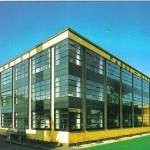
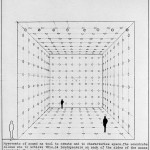
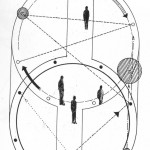
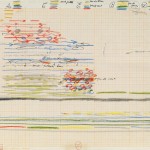
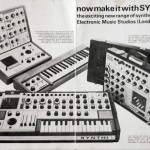
[…] The three projects shown here follow a slighly less exacerbated version of the technomorphic architecture people like Cristiano Toraldo di Francia were experimenting with in the same years (see his “Holiday Machine in Tropea, Italy“). […]